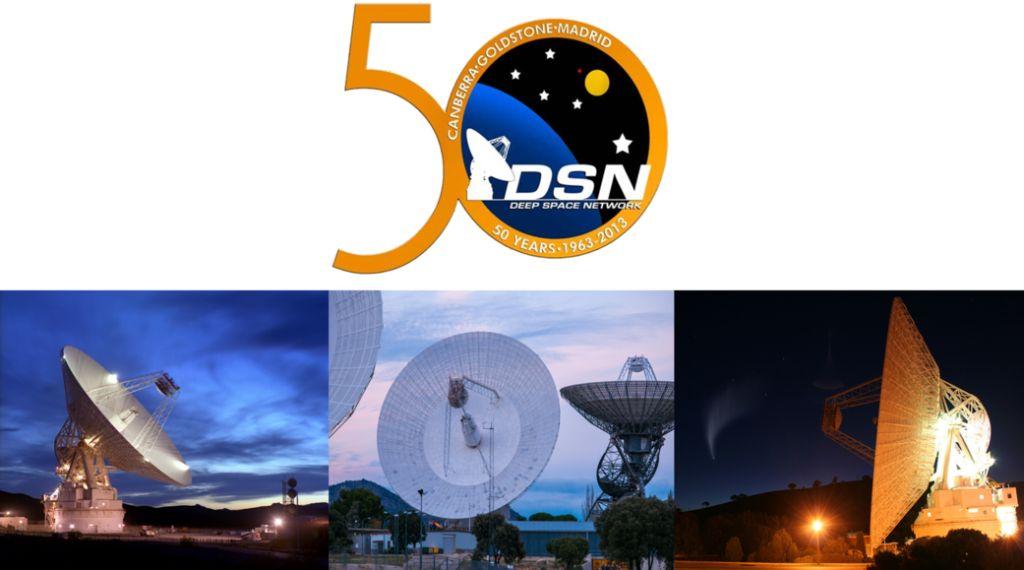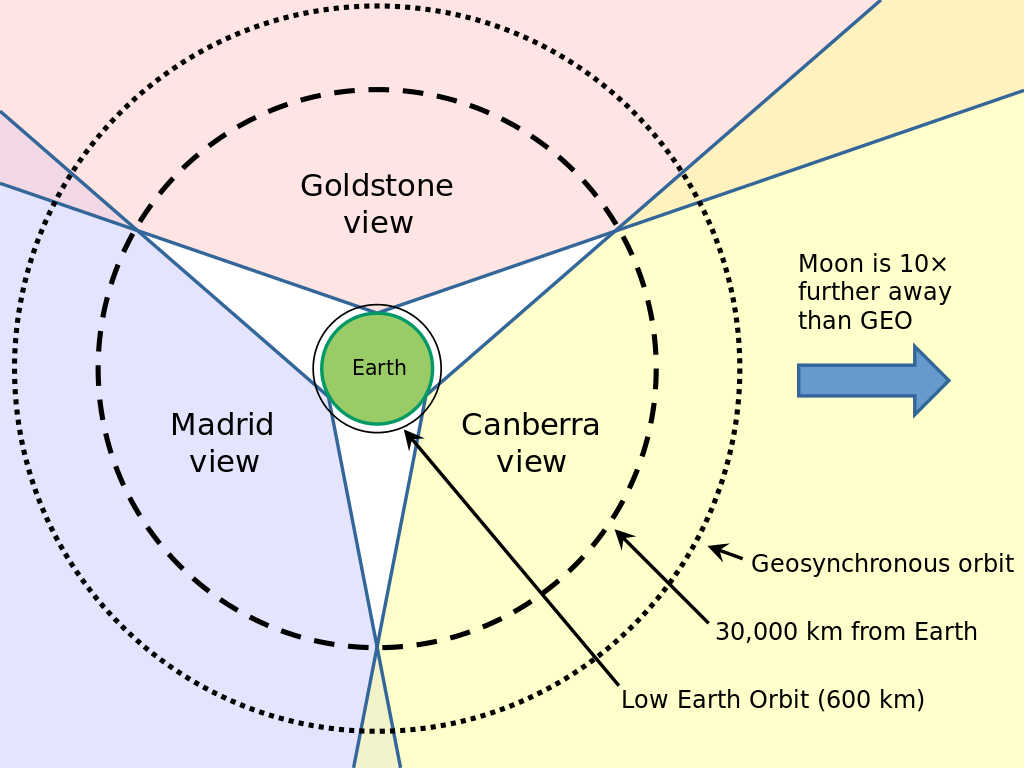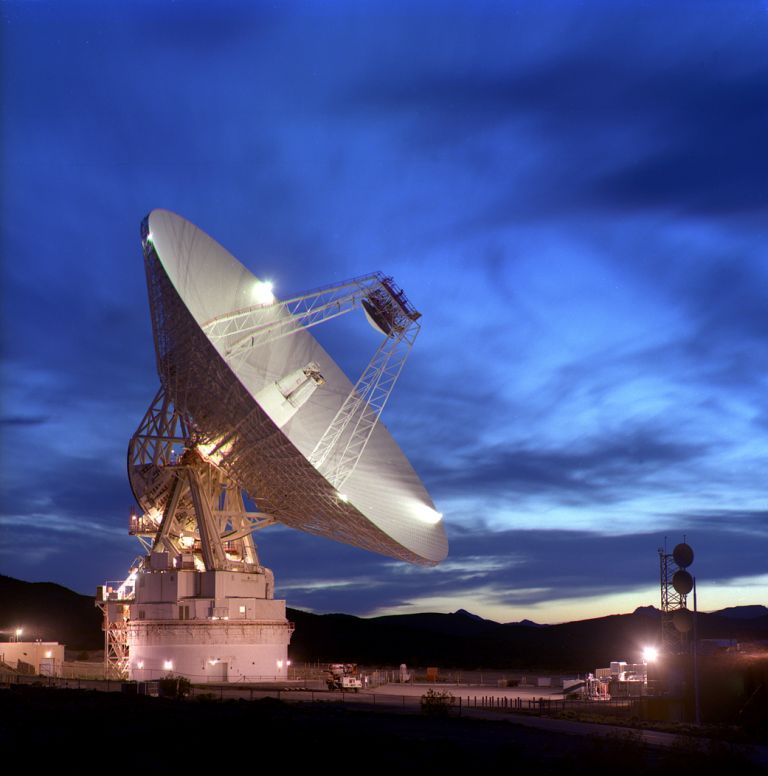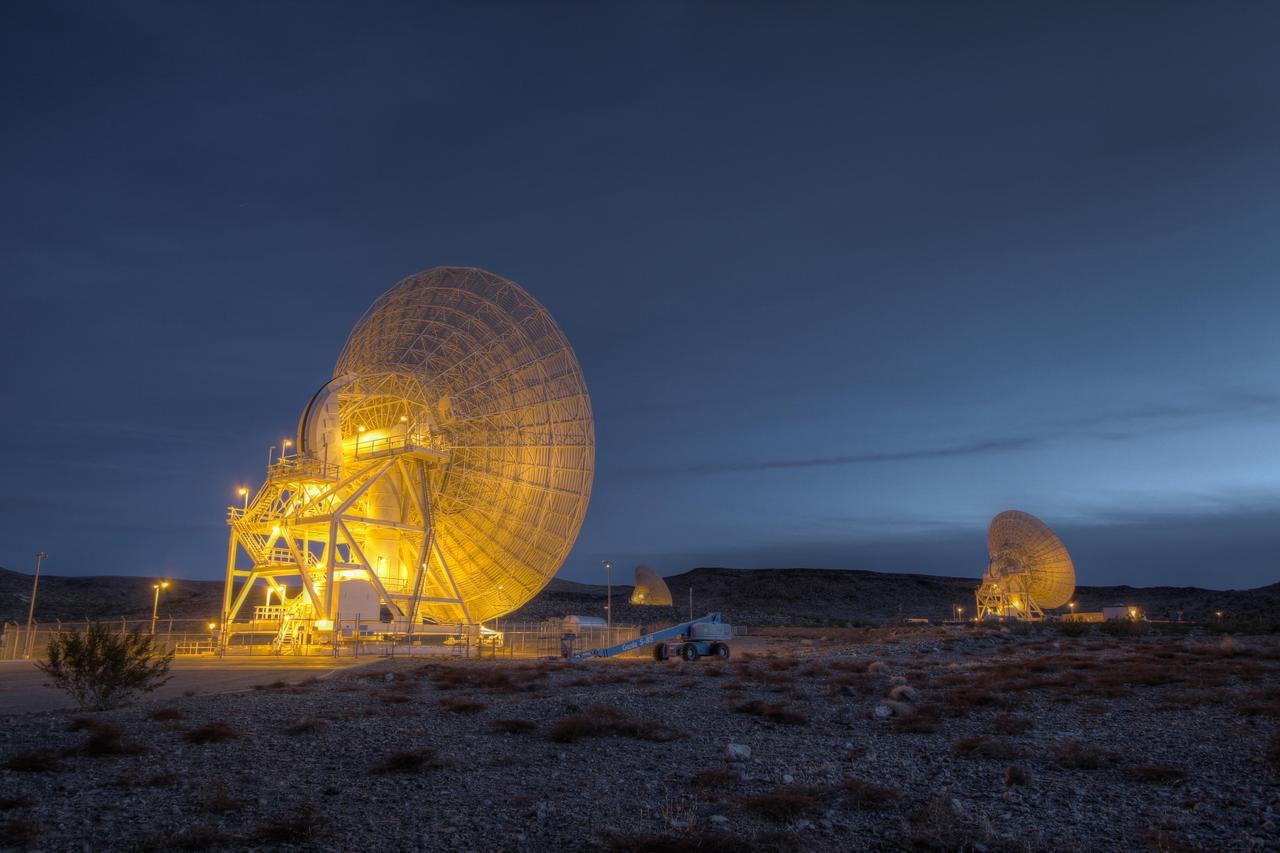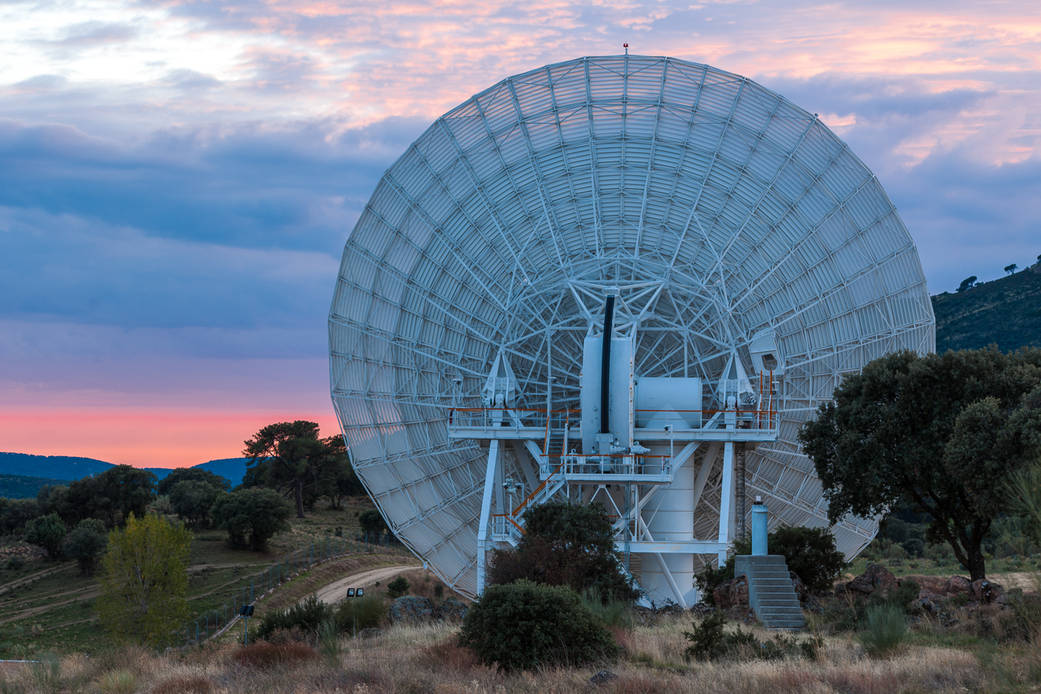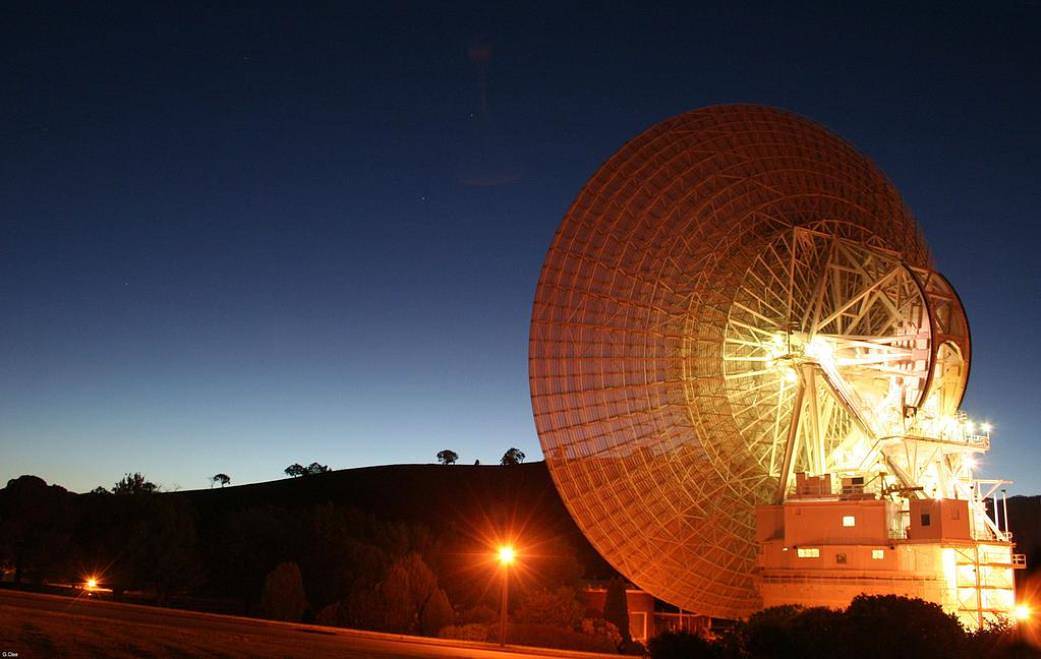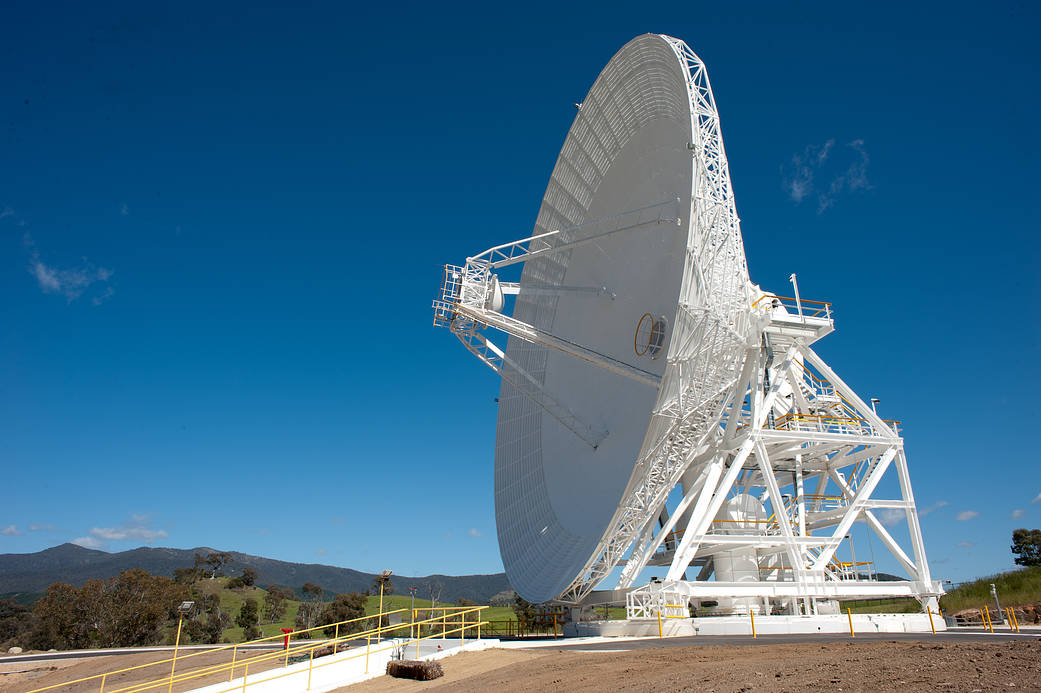Listening For Whispers Via The Deep Space Network 📡
NASA’s Giant Ears!
At the beginning of the Space Age when interplanetary spacecraft missions began to leave Earth, NASA set up the Deep Space Network (DSN) which is a network of Earth-based communication facilities. The facilities are positioned at 3 strategic locations around the globe; the United States (California), Spain (Madrid), and Australia (Canberra) to ensure constant contact with deep space probes.
Learn About NASA’s Deep Space Network
The DSN is managed for NASA by the Jet Propulsion Laboratory (JPL) who works closely with NASA to build and operate many of the United States deep space missions.
The network is comprised of three communication facilities which are located at locations which are approximately 120 degrees (of longitude) apart to ensure constant coverage of deep space beyond an altitude of 30,000 kilometres as Earth spins. Each facility is located in a remote semi-mountainous region to help prevent Earth-based radio interference when attempting to detect faint spacecraft signals. The facilities are located at;
- Goldstone Complex, California
- Near Madrid, Spain
- And near Canberra, Australia
Each facility comprises of at least four very large antennas between 26 m (85 ft) and 70 m (230 ft) in diameter which are ultra-sensitive receivers, and also powerful transmitters in order to transmit commands and receive data over the vast distances involved (millions or billions of kilometres!). This arrangement of large and sensitive antennas allows NASA to maintain 24-hour contact with distant spacecraft transmitting signals from the deepest reaches of our solar system!
